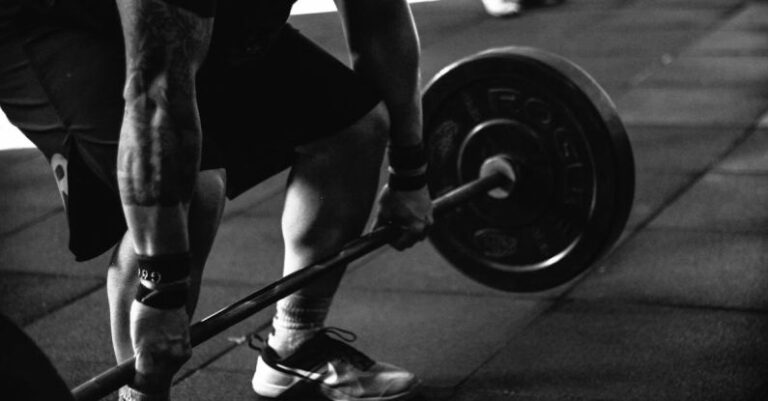
Resistance bands have become a popular tool in the world of fitness due to their versatility and effectiveness in building strength. These simple yet powerful bands can provide a challenging workout for individuals of all fitness levels. Whether you are a beginner looking to start a strength training routine or a seasoned athlete wanting to add variety to your workouts, resistance bands can help you achieve your fitness goals. In this article, we will explore how to effectively build strength using resistance bands.
Understanding Resistance Bands
Before diving into the exercises, it is essential to understand what resistance bands are and how they work. Resistance bands are elastic bands that come in a variety of shapes, sizes, and resistance levels. The resistance level of a band is determined by its thickness and material, with some bands offering light resistance and others providing heavy resistance.
The beauty of resistance bands lies in their ability to create tension throughout an entire range of motion, making exercises more challenging and effective. Unlike traditional weights, resistance bands do not rely on gravity to create resistance, allowing for a wider range of motion and targeting different muscle groups.
Full-Body Workout with Resistance Bands
One of the key advantages of resistance bands is their versatility in targeting various muscle groups. By incorporating different exercises into your routine, you can work on building strength in your entire body. Here are some effective exercises to help you build strength using resistance bands:
Upper Body:
– Banded Push-Ups: Place the resistance band across your back and hold each end in your hands while performing push-ups. This exercise adds extra resistance to the movement, targeting your chest, shoulders, and triceps.
– Banded Rows: Secure the resistance band to a sturdy object at chest height and hold each end in your hands. Pull the band towards you, engaging your back muscles to perform rows.
Lower Body:
– Banded Squats: Step on the resistance band with your feet shoulder-width apart and hold the ends at shoulder height. Perform squats while maintaining tension on the band to target your quads, hamstrings, and glutes.
– Banded Glute Bridges: Lie on your back with the resistance band placed just above your knees. Lift your hips off the ground while pushing against the band, engaging your glutes and hamstrings.
Core:
– Banded Russian Twists: Sit on the floor with your legs extended and the resistance band wrapped around your feet. Hold each end of the band in your hands and rotate your torso from side to side, engaging your obliques.
– Plank with Leg Lifts: Get into a plank position with the resistance band around your ankles. Lift one leg off the ground while maintaining a strong core to work on stability and strength.
Building Strength Progressively
To continue challenging your muscles and building strength with resistance bands, it is important to progressively increase the resistance level. This can be done by using a thicker band, increasing the band tension, or performing more repetitions of an exercise.
Incorporating Resistance Bands into Your Routine
To make the most out of your resistance band workouts, it is essential to incorporate them into your fitness routine regularly. Aim to perform resistance band exercises at least 2-3 times a week, allowing your muscles to adapt and grow stronger over time.
Incorporating resistance bands into your routine can help you build strength, improve muscle tone, and enhance your overall fitness level. By understanding how to effectively use resistance bands and incorporating them into a well-rounded workout routine, you can achieve your fitness goals and take your strength training to the next level. So, grab your resistance bands and start building strength today!





